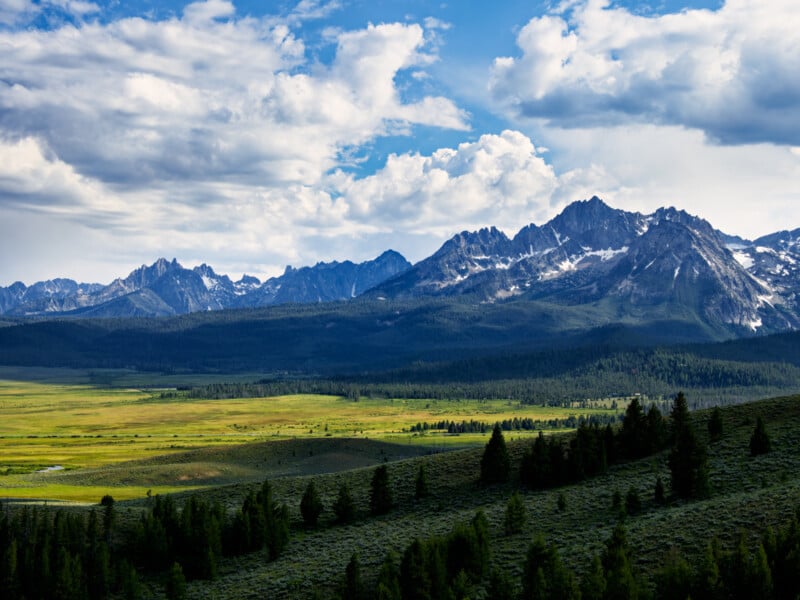
With each passing year, more photographers find themselves exploring the endless miles of pristine rivers, remote backroads, and stunning landscapes of Idaho. Even with the influx of tourism, Idaho still has plenty of solitude for those who seek it. OM SYSTEM Ambassador and photographer Matt Suess recently traveled to the state’s Sawtooth Mountains in search of portfolio-worthy images and a distraction from an unexpected change in his personal life.
Full disclosure: This article was brought to you by OM SYSTEM Cameras. Celebrate the holidays with huge seasonal savings on OM SYSTEM cameras, lenses, and more! Visit explore.omsystem.com/petapixel for the complete list of savings!
All photos by Matt Suess and Michael Bonocore
“Living in Montana, I found it hard to believe that Idaho had escaped my travel itinerary for so long,” OM SYSTEM Ambassador Matt Suess tells PetaPixel. The landscape, nature, and astrophotographer thrives on capturing images of beautiful locations, so it was only a matter of time before Idaho was added to his photography bucket list.
“To be honest, I only had to see a couple of photos of the Sawtooth Mountains on my social media feeds before I decided that it was a location that I absolutely had to visit,” Suess says. “The scenes captured my attention right away, but in addition to capturing those postcard-worthy photos from the usual vantage points, I wanted to explore a side of the Sawtooths that isn’t seen as much.”
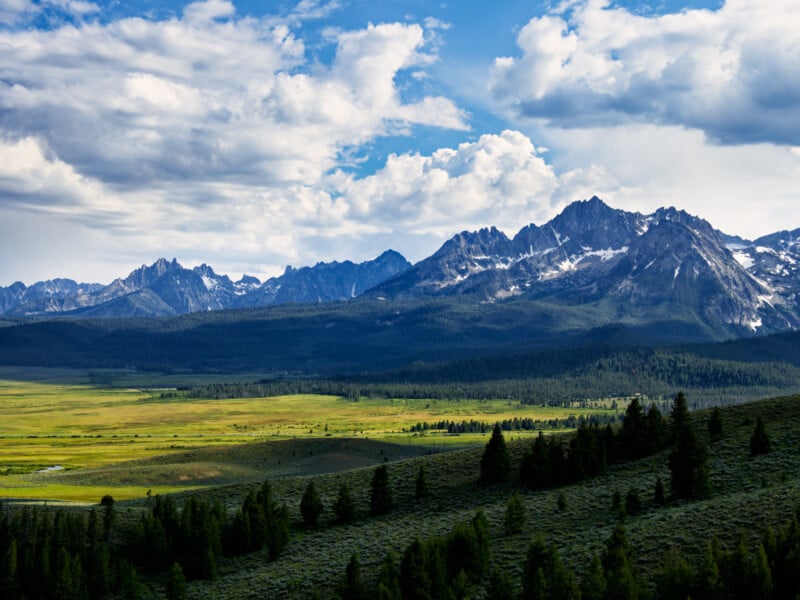
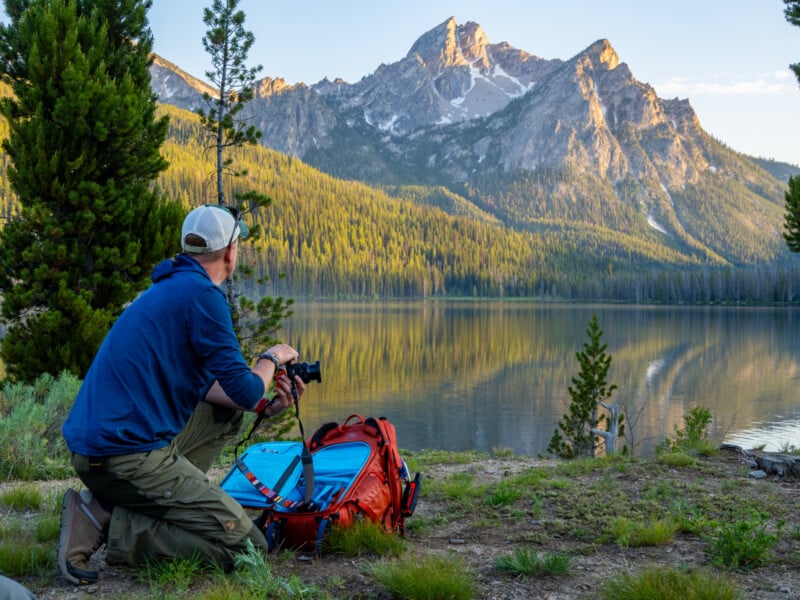
Armed with his OM SYSTEM OM-5 camera, Suess packed up his Toyota 4Runner and began the six-hour drive from Bozeman, Montana to Stanley, Idaho. Suess, who is a consistent visitor to National Parks, prefers to camp while on his photography adventures.
“I used to have a tent in my 4Runner at all times,” he describes. “I never took it out, as I never knew when the moment might strike me to just hit the road and explore. While that tent gave me years of enjoyment, I eventually decided that instead of having a tent in my 4Runner, I may as well have a tent on my 4Runner. I found the perfect iKamper, and it has been a game-changer in the way I travel and photograph in nature.”
Being that Stanley, Idaho is one of the coldest locations in the continental United States during the winter months, summer is the ideal time to visit the Sawtooths, especially if a photography hike is on your itinerary. Suess planned his trip for early July, yet, he did not have any issues finding a picture-perfect campsite to call home base for the days ahead.
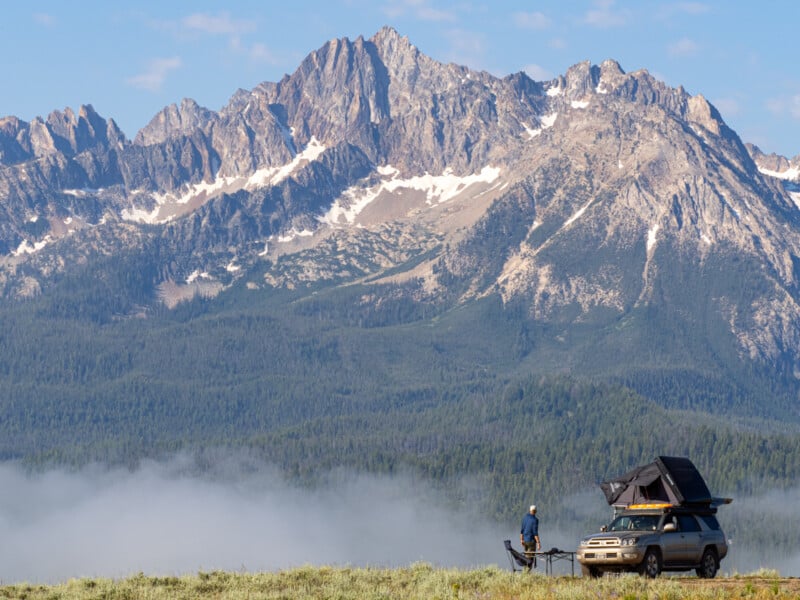
“Coming from Bozeman, Highway 75 winds westward before turning slightly south,” Suess describes. “Right before the small town of Lower Stanley, the Sawtooth Mountain Range made its first appearance on my windshield. I was absolutely blown away by the view and found myself immediately pulling over to capture that moment with my OM-5, as I wanted to remember it.”
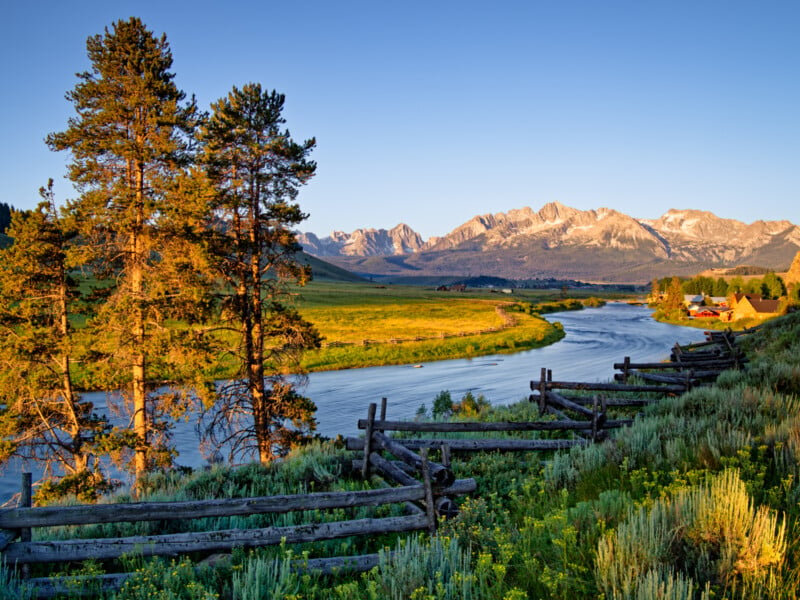
“For me, photography isn’t just about capturing postcard images,” Suess explains. “It’s about capturing the moments that I can look back on to invoke the emotions that I felt when I was clicking the shutter. Even if I never share the image on my social channels, I often revisit these candid photos as they remind me of the moments that make the long drives and lack of sleep worth it.”
Sunrise in the Sawtooths
Being that the Sawtooth Mountains are best photographed facing west, sunrise is the ideal time to capture its jagged peaks. While photographs taken from the town of Stanley almost always look good, Suess preferred to find a vantage point of the Sawtooths that isn’t photographed as often, especially at sunrise.
“Based on my research, I saw photos from a small body of water called Little Redfish Lake,” Seuss says. “Since I love reflections, I knew it was the perfect location to capture a High Res shot with my OM-5.”
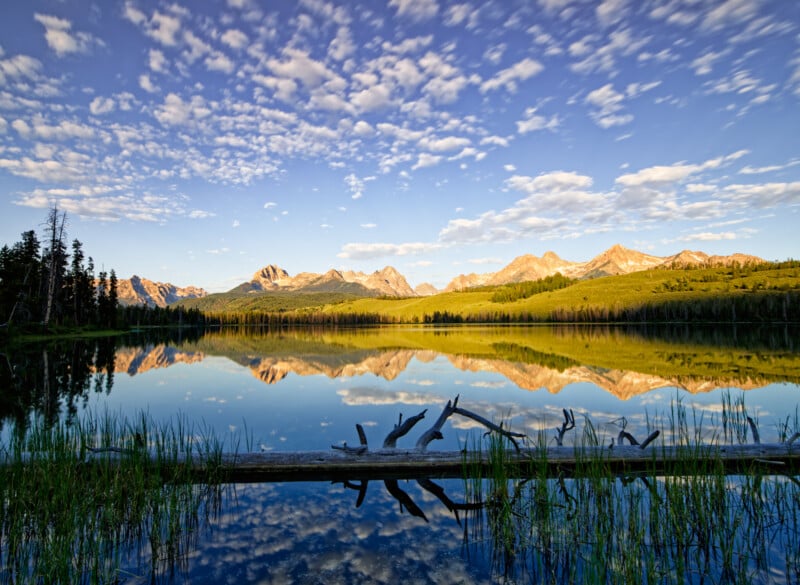
In the OM-5’s High Res Shot Mode, the camera’s sensor is shifted in half pixel increments, over multiple exposures. This process creates a single high-resolution image with less noise, greater dynamic range, and color information. The OM-5’s High Res Shot Mode can create either 50 or 80-megapixel, ultra-high-definition images by compositing eight or 16 raw files. High Res Shot has two options for the photographer to choose from when initiated: handheld or tripod. While on a tripod, the OM-5 can capture incredibly large 80-megapixel images, but for those moments when it is not ideal to use a tripod, the OM-5 can still capture 50-megapixel images using the handheld mode.
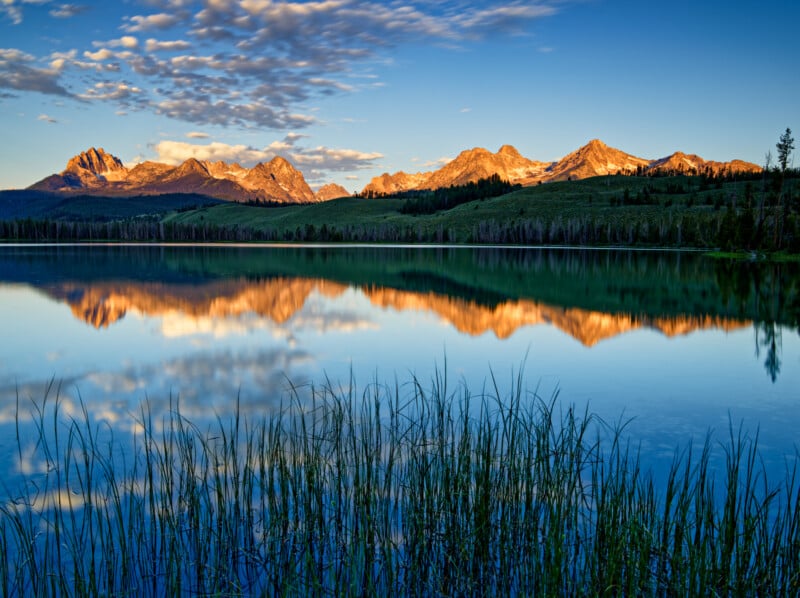
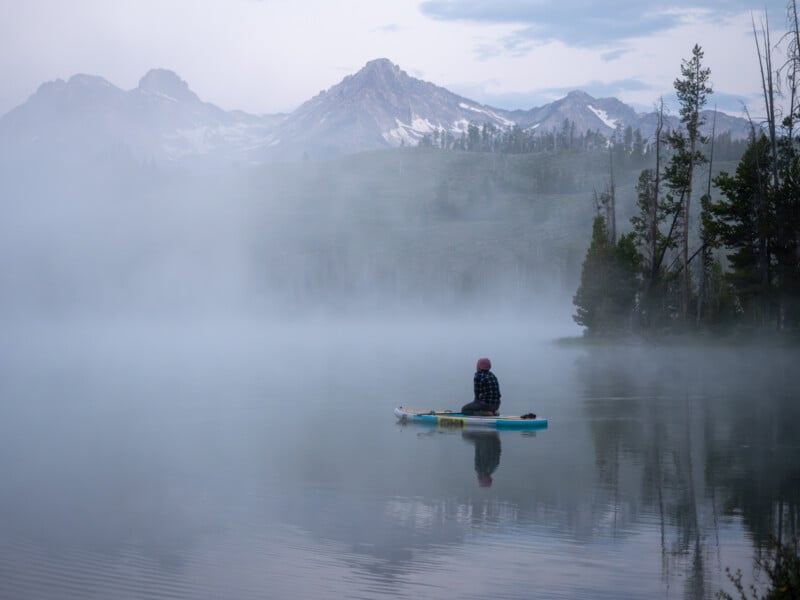
“The first morning I attempted to shoot the sunrise at Little Redfish Lake, there was a dense fog hanging over the entire valley, blocking my view of the mountains,” Suess describes. “While I wouldn’t be able to capture the first light hitting the mountain peaks, I still found plenty of drama in the details that the fog provided. For me, there is no such thing as a bad photography experience when I am out in nature. When nature doesn’t cooperate, there is still beauty to be seen, and captured, if you keep an open mind and think outside the box.”
Central Idaho Dark Sky Reserve
Not only is Stanley and the Sawtooth Mountains a destination for outdoor enthusiasts and backpackers, but in 2017, Idaho also became a must-visit destination for astrophotographers. That was the year that the International Dark Sky Association designated 906,000 acres of wilderness as the Central Idaho Dark Sky Reserve. The area was so dark, it was just the 12th Dark Sky Reserve in the entire world, and it also received a gold-tier designation, the committee’s highest rating for night sky quality.
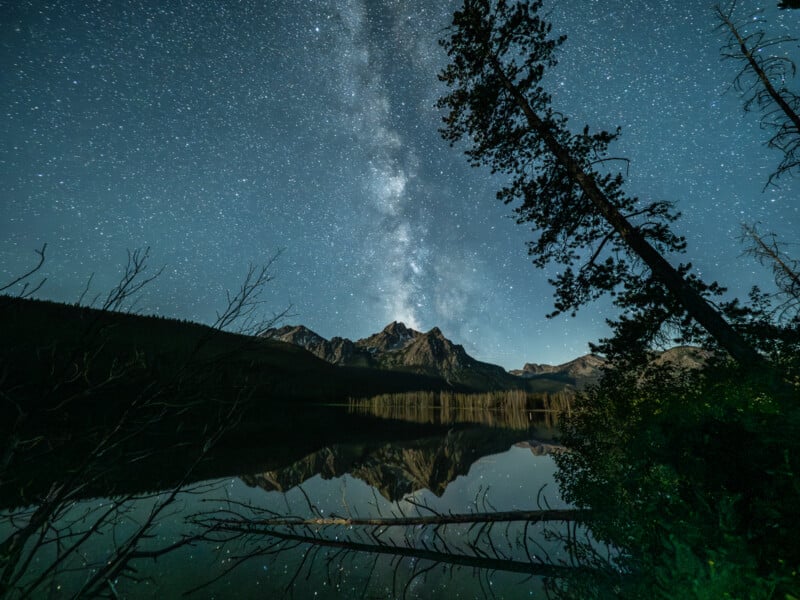
“I grew up with a fascination for the night sky,” Suess says. “I took up photography at a very young age, so my first photos of the stars came early in my life, although they weren’t very good. When I was a kid, there was no such thing as digital photography. It was all shot on film and developed in dark rooms, so you would have no idea whether your night sky photos were properly exposed, or even if they were in focus, until you developed the film.”
Luckily for Suess and astrophotographers around the world, the technology of today’s modern cameras makes photographing the Milky Way, star trails, and northern lights easier than ever before. Of course, years of experience also helped Suess become a better night sky photographer.
“Photographing the night sky isn’t as simple as placing your camera on a tripod and hitting the shutter button,” he explains. “I loved the ‘Complete Guide to Capturing Gorgeous Photos of the Night Sky’ that my friend and fellow OM SYSTEM Ambassador Peter Baumgarten created, because he really drilled down into just how much planning goes into capturing great photos of the night sky.”
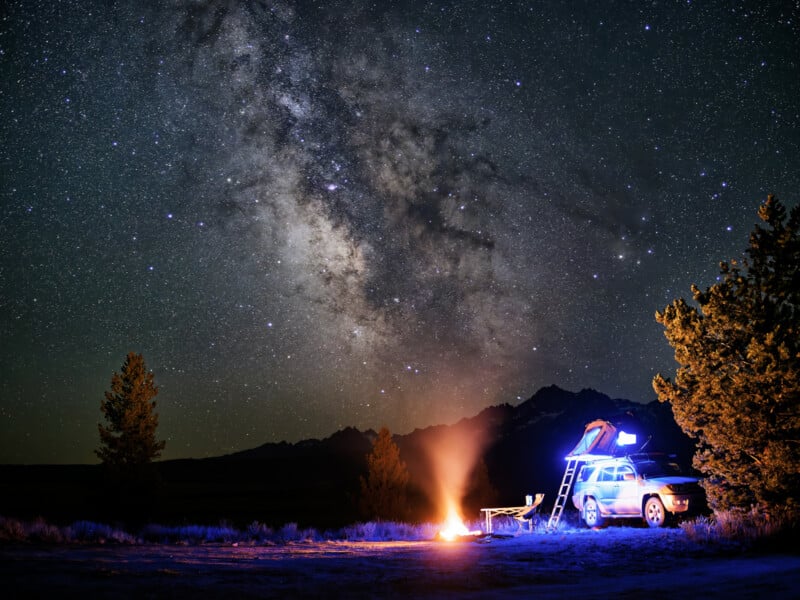
“For instance, if you want a really dynamic photo of the Milky Way, it’s best to have a dramatic foreground element. Finding the right foreground, and most important, finding the exact time and date during the year that the Milky Way lines up with that foreground takes a considerable amount of planning using apps such as PhotoPills and The Photographer’s Ephemeris.”
Suess planned his trip to the Sawtooth Mountains with specific dates in mind. Being a night sky photographer, he understands that capturing a bright and vibrant photo of the Milky Way is nearly impossible under a full moon, no matter how little light pollution exists. With this in mind, Suess arrived in Stanley, Idaho when the moon was around 30% full.
“The trick to great Milky Way photos is to have a small amount of moonlight hitting your foreground element, but not so much moonlight that it drowns out the stars,” he explains. “I knew the moonlight was going to be great, but having never been to the Sawtooth Mountains before, I didn’t know what foreground element I would find that would line up with the Milky Way. That all changed when I located this picture-perfect lake with this jagged, dramatic mountain peak behind it. It looked perfect, and the direction was right, but I wasn’t sure the shot would be possible until I opened up the AR feature on my Sky Guide app. Once I saw that, around 2 AM, the Milky Way would line up exactly where I wanted it to be, the excitement took over and I suddenly didn’t mind that I wasn’t going to be getting a lot of sleep. Even with all the planning, sometimes it just takes some luck to stumble upon the perfect Milky Way photo.”
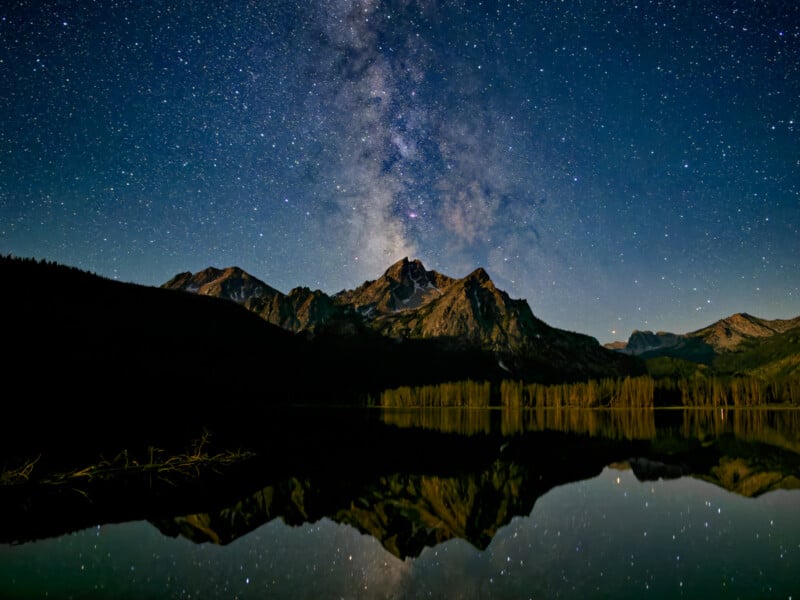
Suess says that while his photography has improved over the years, he couldn’t imagine capturing the night sky without two built-in features on his OM-5 camera. The first is Starry Sky AF, which takes all of the guesswork out of focusing at night.
“Starry Sky AF has changed my night sky photography,” Suess says. “Instead of having to do countless trial and error attempts at finding the right manual focus for the stars, I simply initiate the OM-5’s Starry Sky AF and the camera auto focuses on the stars for me. And it’s always precise. It really is an incredible feature that has made capturing sharp photos of the night sky not only easier but much quicker as well. This was appreciated as, even in summer, the Sawtooth Mountains are bitterly cold once night sets in.”
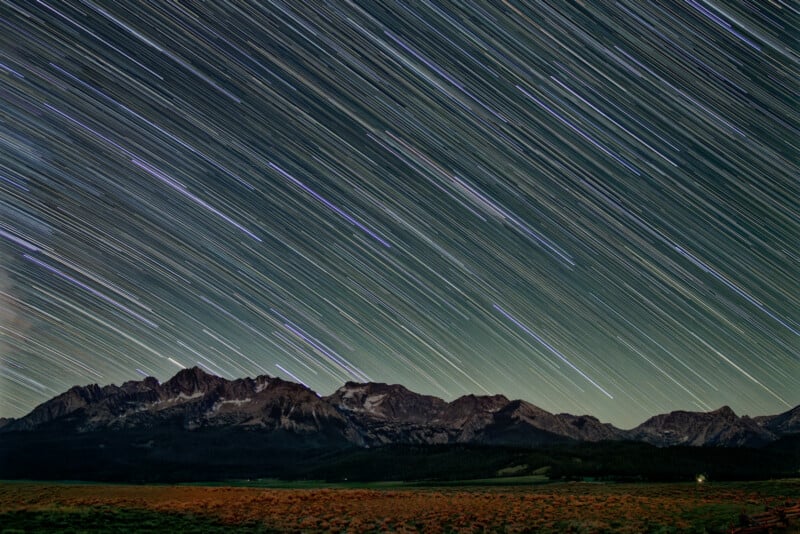
Another feature of his OM-5 that Suess uses often is Live Composite mode. When Live Composite mode is initiated, the photographer captures the base exposure as they normally would. After the base exposure is taken, the camera will automatically continue to take photos, but it will only add new highlights to the final image. Because stars are constantly moving, each star’s movement from one photo to the next is stacked on top of the base image. Since the Live Composite Mode will only add new highlights, any light that is captured in the frame, such as a house light, will not continue to be exposed with each photo, avoiding blown-out highlights.
Exploring the Rarely Seen Sides of the Sawtooths
For years, Idaho has flown under the radar of landscape photographers and nature lovers. Social media has been a driving force behind nature photographers discovering Idaho’s natural beauty. However, most photographers come to Stanley and take the same shot of the Sawtooth Mountains from the usual vantage points.
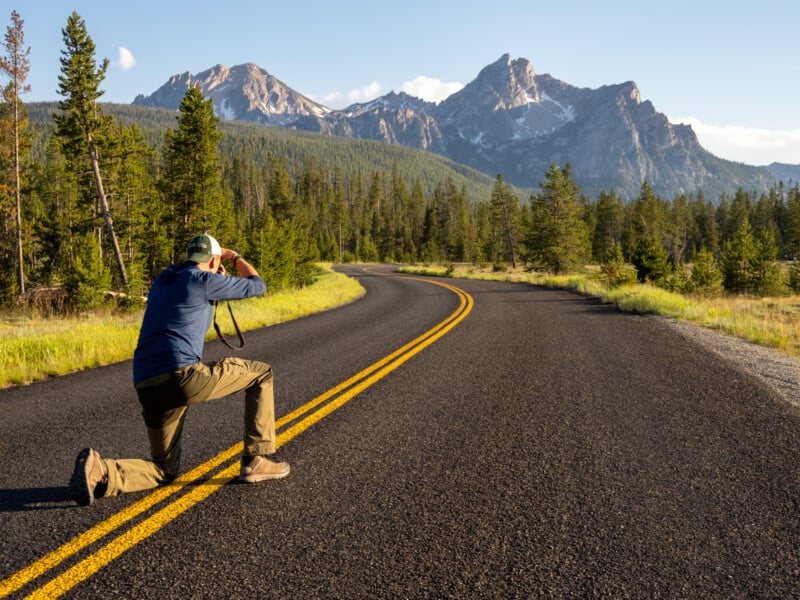
Suess says there is nothing wrong with this approach, as the views from the valley are stunning. However, he wanted to capture views of the Sawtooths, and the places within them, that weren’t often photographed.
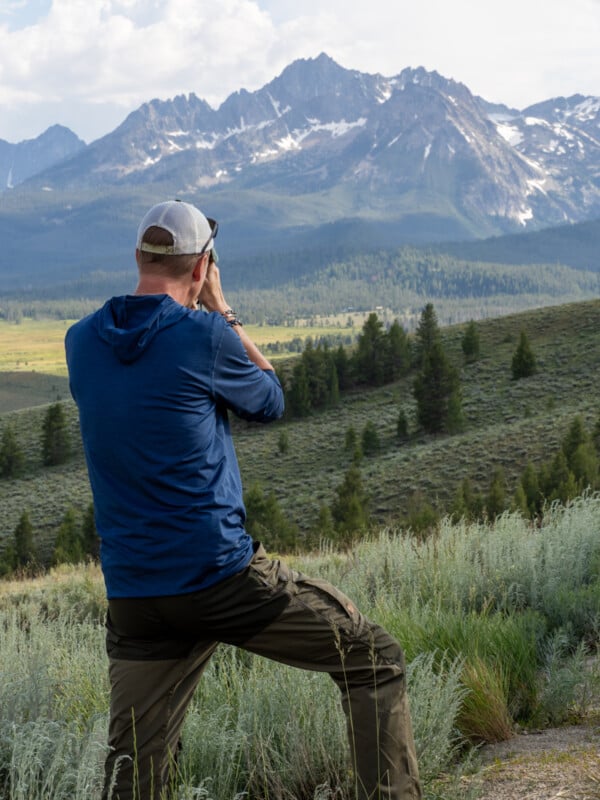
“The Sawtooth Mountains, and the surrounding Idaho wilderness, was made for hiking,” Suess describes. “It was mind-blowing to look on Trails.com and see not just dozens, but hundreds, of hiking trails and routes in the area. I didn’t know where to start, there were so many. Three locations and experiences immediately caught my attention when I researched further and saw photos.”
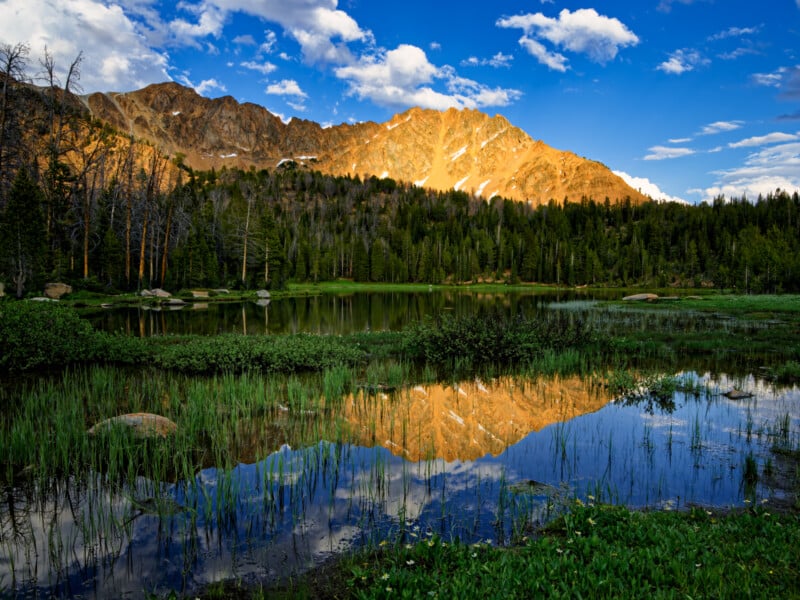
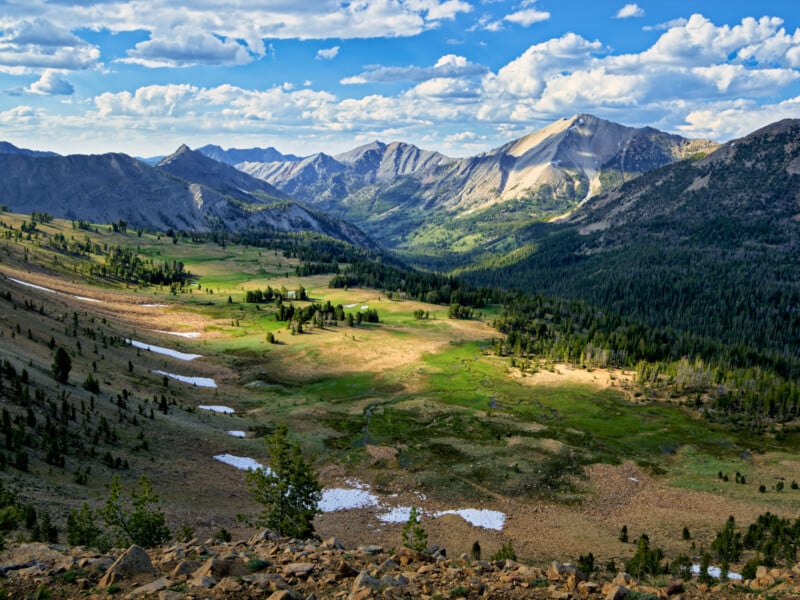
The first was a six-mile hike towards the Cecil D. Andrus-White Clouds Wilderness. This area, consisting of almost 91,000 acres, is some of the most remote and rugged wilderness that Idaho has to offer. “The views on this hike were stunning, from alpine lakes to massive basins surrounded by dramatic mountains,” Suess describes. “This hike had it all, but with 1,300 feet in elevation gain, it was brutal. This was one of those hikes that made me appreciative of the fact that I have considerably lightened my camera backpack over the years. My OM-5, weighing only 14.6 ounces, partnered with a careful selection of light lenses, made my pack feel light, which really helped me get up the mountain quickly as I was losing light fast.”

Bridalveil Falls was another location that Suess discovered, although he had trouble finding many photographs of the waterfall online. “Without finding much online, I was worried that Bridalveil Falls might not be worth the effort to get to, as it is deep in the wilderness,” he says. Luckily for Suess, the first half of the trek was accessible via a relatively flat mountain bike path. However, the real work began after crossing a stream and hiking nearly straight up a 1,000-foot climb.
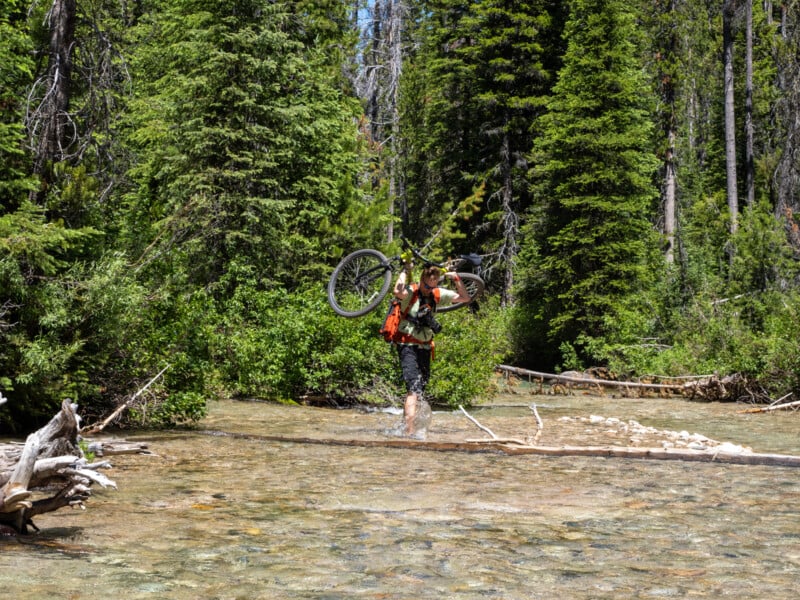
“The hike to Bridalveil Falls was short but incredibly difficult. There were no switchbacks. It really was just a vertical trail straight up the mountain. I found myself regretting this decision multiple times throughout the torture, however, once I arrived, I was blown away by the gigantic, powerful waterfall that was being fed by a winter’s worth of snow melt.”
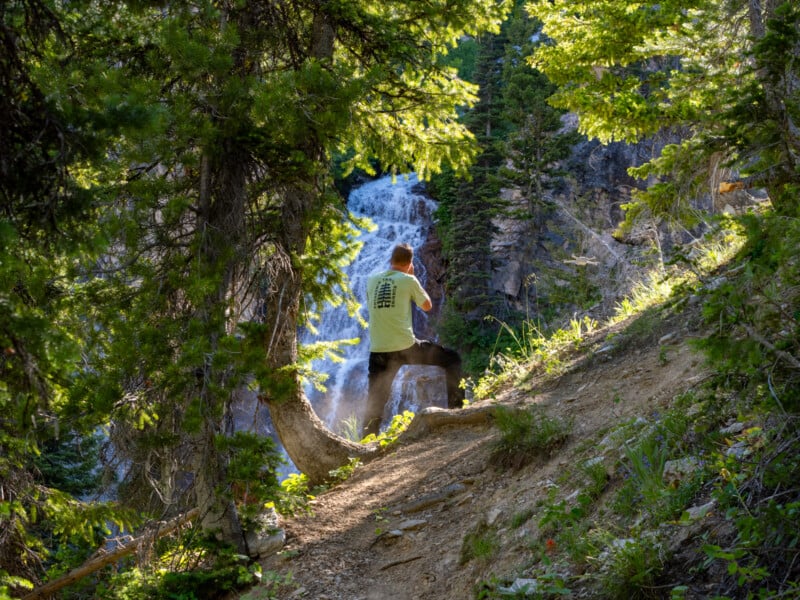
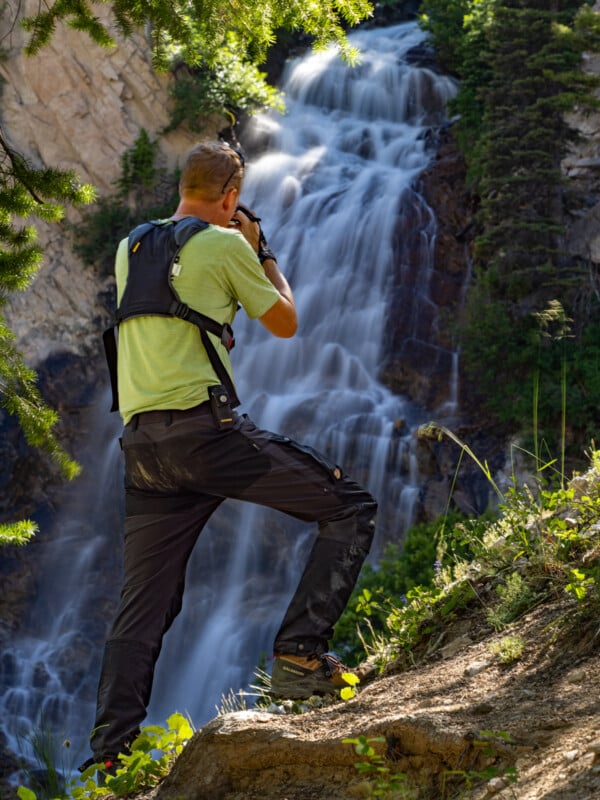
The waterfall allowed Suess to use another impressive feature on his OM-5: Live ND Mode. Live ND Mode replicates an external ND filter in camera, allowing Suess to create a smooth, silky effect on the fast-moving water, without the need to carry around a set of heavy filters and filter holders on the long hike.
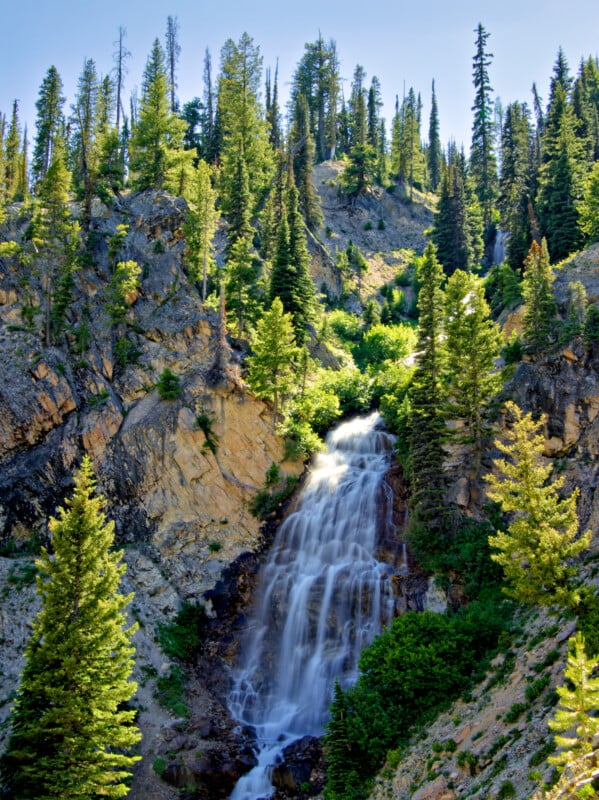
On Suess’ final morning in the Sawtooths, he wanted to get a bird’s eye view of the same locations that he had visited on his adventure and find some new ones for when he ultimately takes a return trip. “I experienced a lot of really incredible moments and sights over my time in the Sawtooth Mountains, but my favorite experience from the trip was easily the early morning flight with pilot Bill Doris from Sawtooth Flying Services. I was able to see the early morning sunrise light up the jaw-dropping Sawtooth peaks from seemingly just yards away. I was blown away by the sheer number of Alpine Lakes hidden deep within the wilderness, and I immediately understood why the Sawtooth Mountains are a world-renowned backpacking destination.”

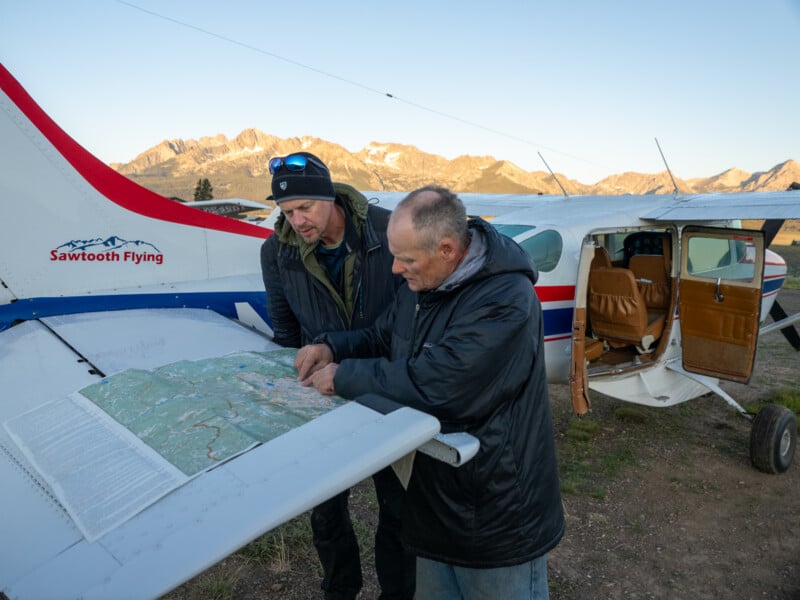
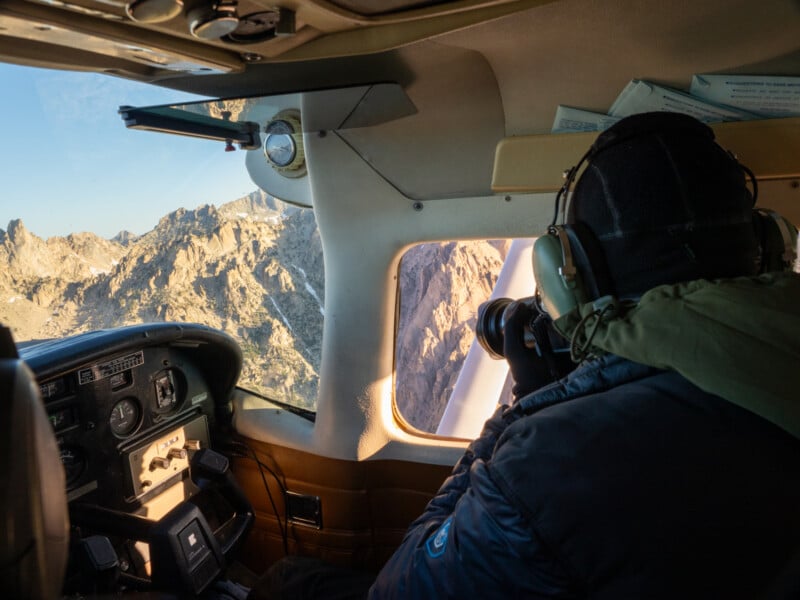
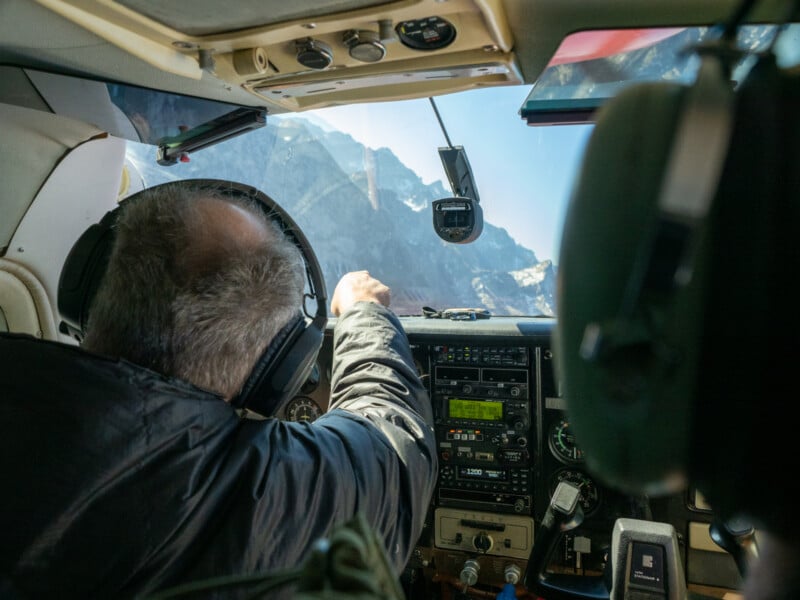
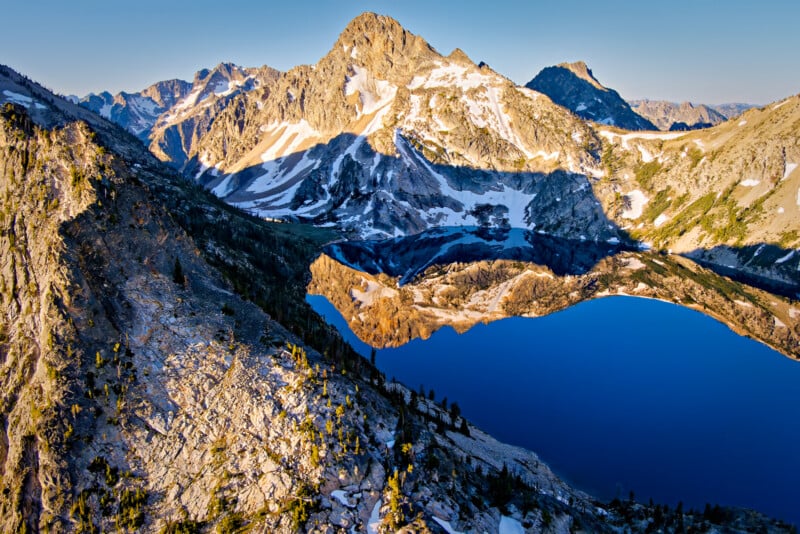
“There were times during the flight when I really just put my camera down and looked out the window, seeing incredible scenes pass me by below. And I didn’t care that I wasn’t taking thousands of photos, because I was so in the moment with the experience. Seeing the Sawtooths from this vantage point really drove home the point that this was one of the most beautiful places in the world.”
Solitude in the Sawtooths
While Suess is a full-time photographer who is most likely to be found in some of the world’s most beautiful landscapes, until recently, he was rarely alone. Suess teaches a number of nature-focused photography workshops throughout the year which allow him to teach photography while also pursuing his passion of being out in nature. When he wasn’t teaching, however, he would often be on a photography road trip with his ex-fiance.
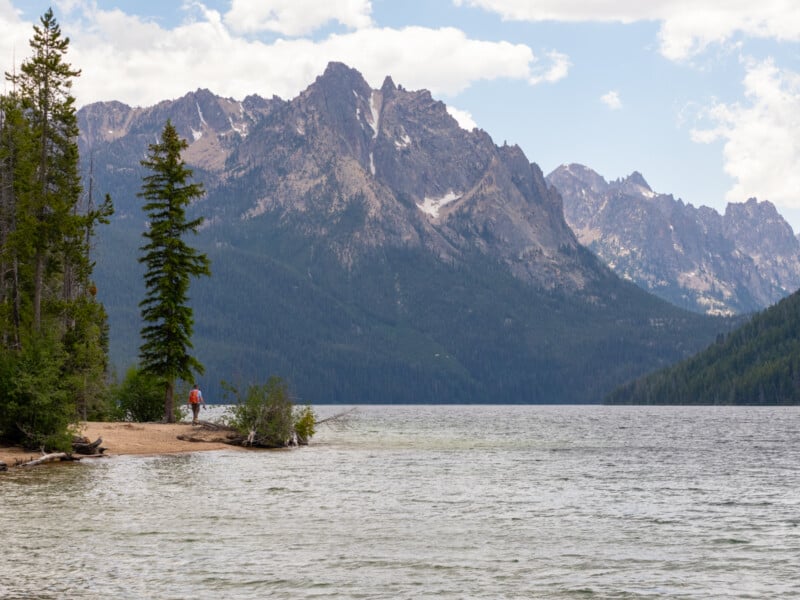
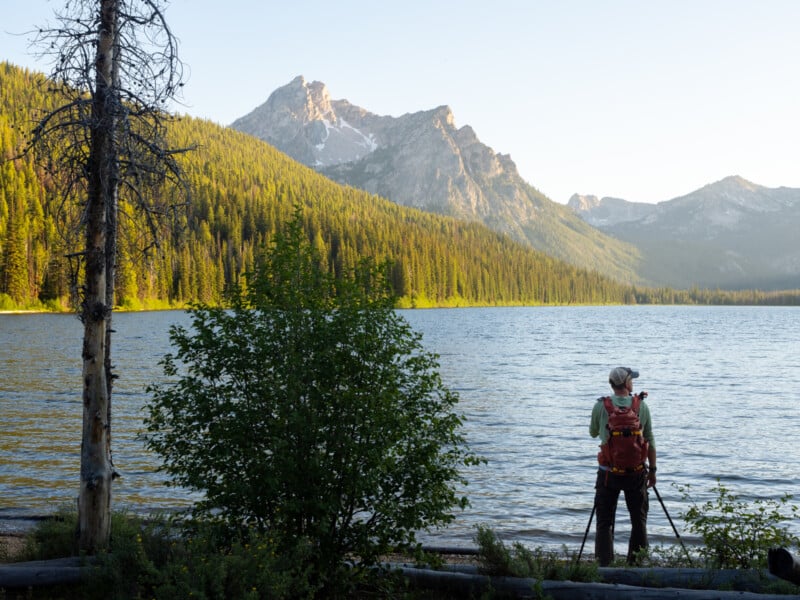
“Earlier this year, I went through a breakup that has really altered the course of my life,” he describes. “For years, almost all of my nature exploration and photography was done with her by my side, so after the breakup happened, I found myself at a crossroads. I realized that I wasn’t like most nature and landscape photographers, who enjoyed going out on their own. I really thrived on that joint experience. I had become so accustomed to having her by my side, that I almost felt lost. I didn’t feel that same passion and motivation to just get into my 4Runner and drive, without a destination in mind, which is something that I often did with her.”
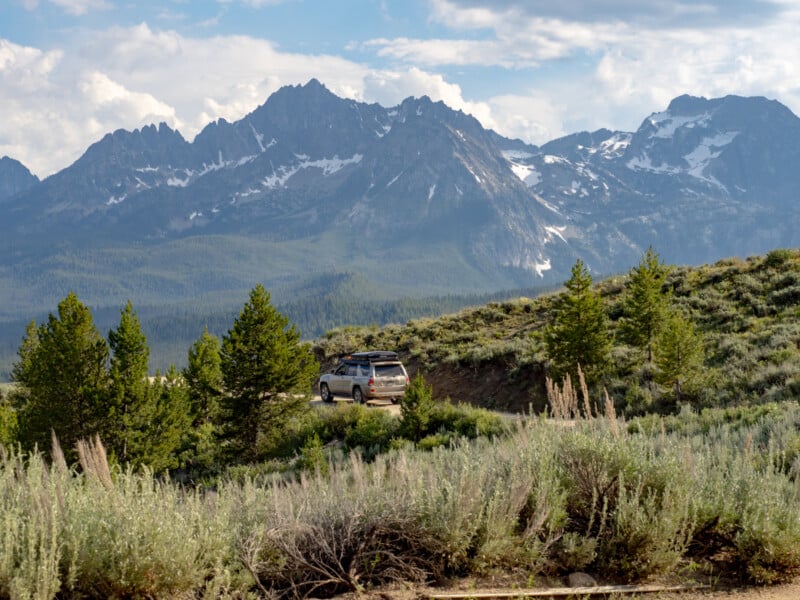
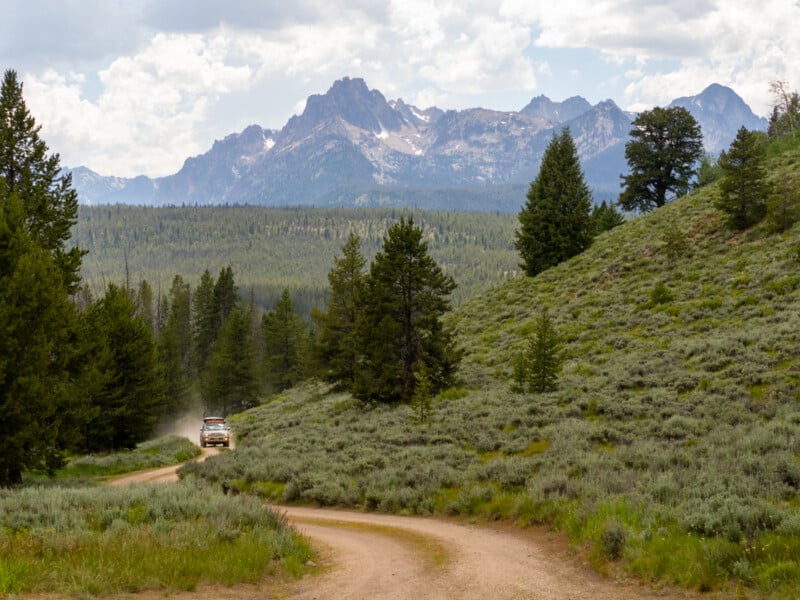
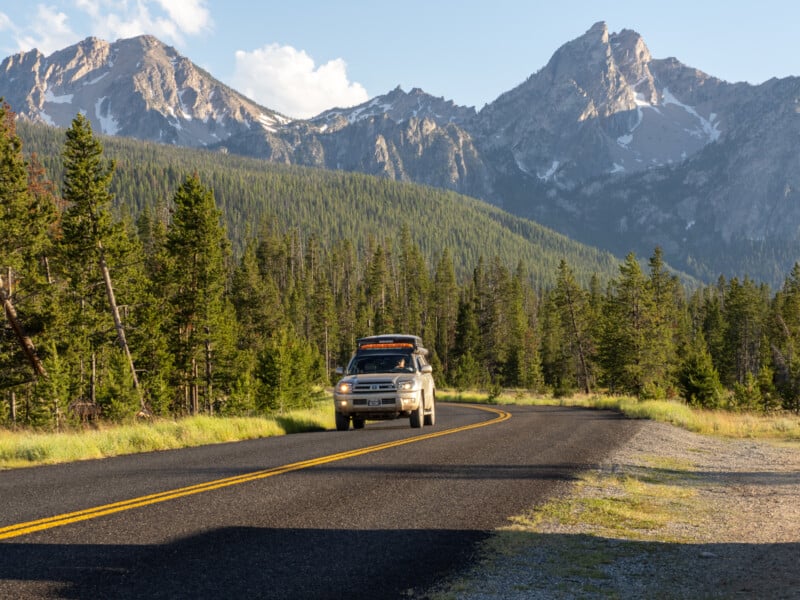
Suess says that, while painful, the experience has begun to teach him a lot about himself and change the way he approaches his photography. “This trip to the Sawtooths was my first real photography adventure since the breakup. I found myself feeling anxious and nervous the closer I got to hitting the road, but once I finally arrived, I immediately felt that creative spark again.”

“On this trip, I began to see the scenes in front of me differently than I had before,” he continues. “In a way, I felt even more appreciative of the nature I found myself in while being alone. It made me to be even more focused on what was in front of me, and more deliberate in where I pointed my camera. I photographed more of what I saw as opposed to what we saw together and what impressed us both. My “art director” wasn’t there to assist anymore, and my time in the Sawtooths allowed me the freedom to move on and get back to seeing nature for myself. It helped me understand why so many other landscape photographers enjoy being out in nature by themselves, because what could be more personal than just you and the solitude that Mother Nature provides.”

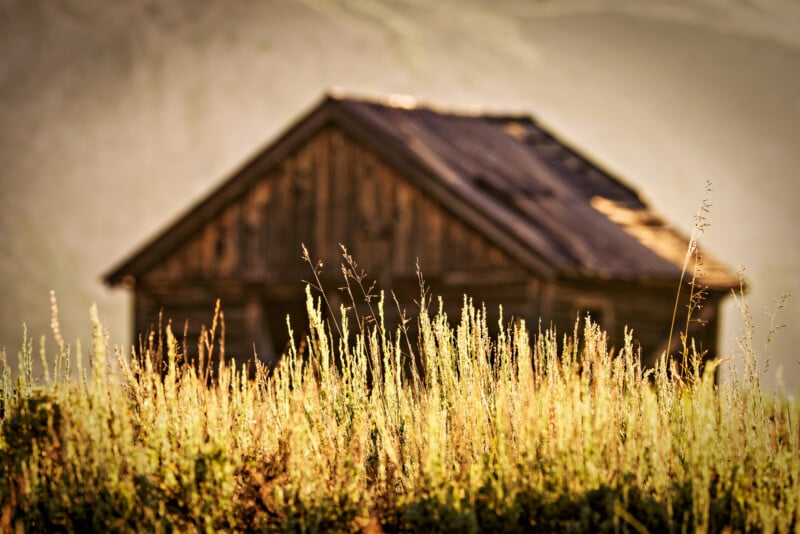
While Suess stresses that he doesn’t recommend a breakup to help improve your photography, he says that a sudden life-changing event can be just what is needed to change your mindset.
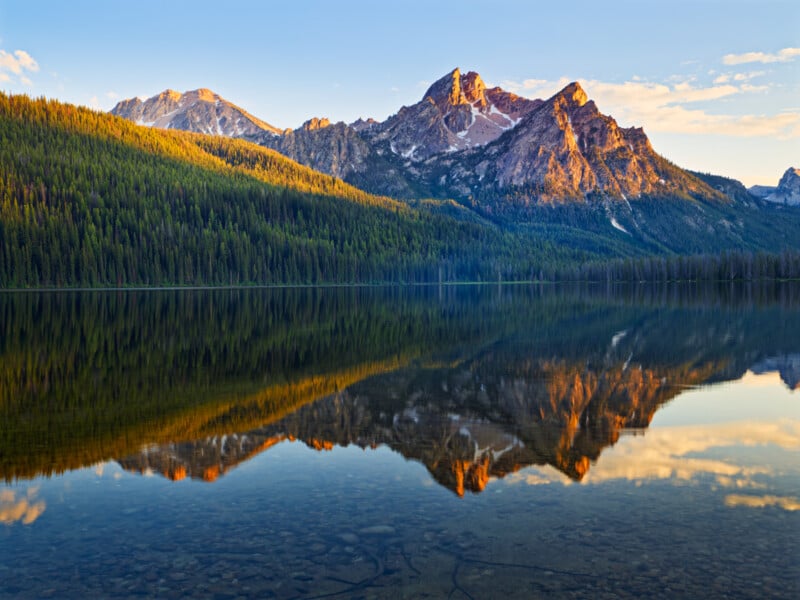
“This amazing trip to the Sawtooths was something I didn’t know I needed at the time,” he concludes. “I was in a rut, and I honestly felt that was where I needed to be in order to move forward. However, I learned that, no matter how difficult it might have been at the time, getting outside, inhaling the fresh air, seeing the sunrise in complete silence, and gazing in wonder at the night sky was exactly what I needed. There is something soothing and healing about nature, and on this trip, I learned that not only is photographing nature my passion, it is also healing.”
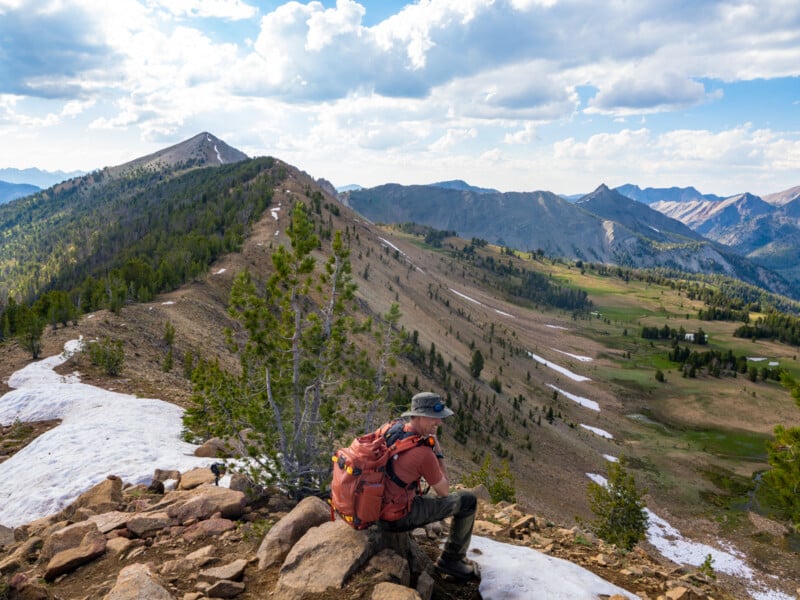
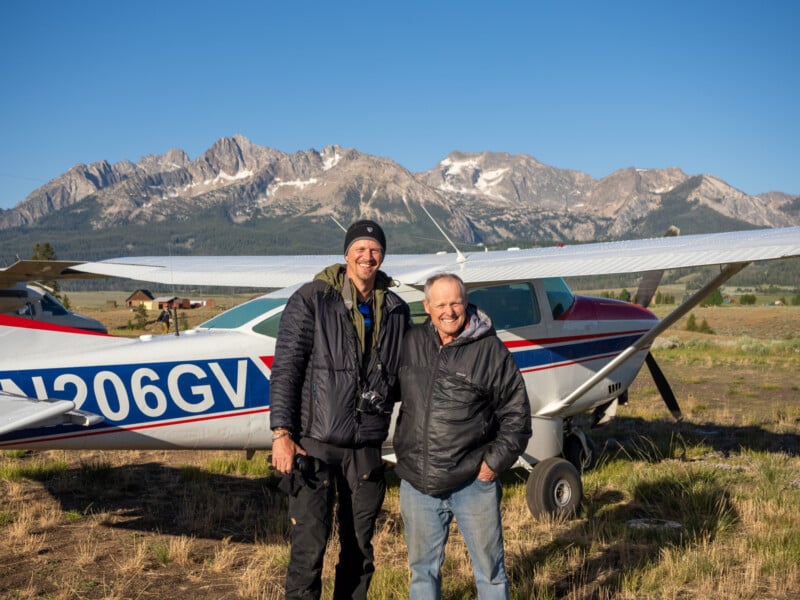
![]()
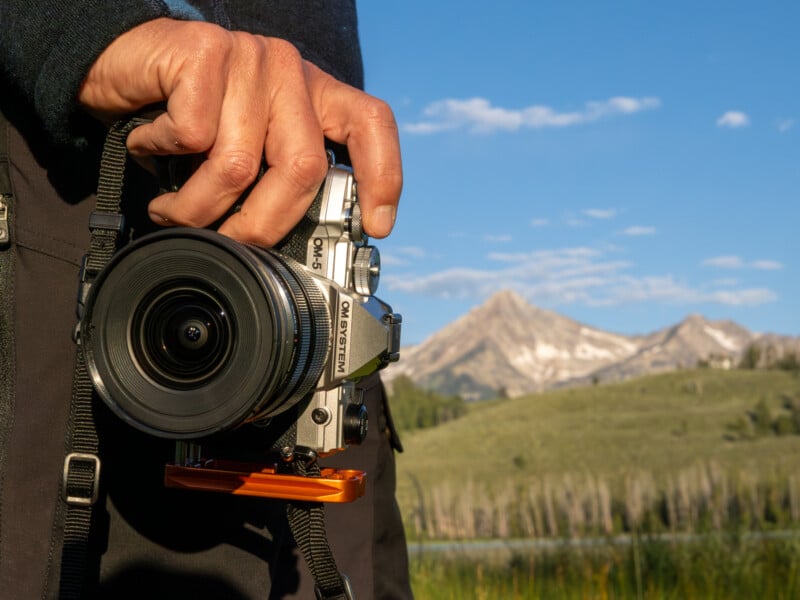
More from Matt Suess can be found on his website, Facebook, YouTube, and Instagram.
Full disclosure: This article was brought to you by OM SYSTEM Cameras
Image Credits: Matt Suess and Michael Bonocore
‘Off the Beaten Path With Photographer Matt Suess’ Film by Silverline Films






